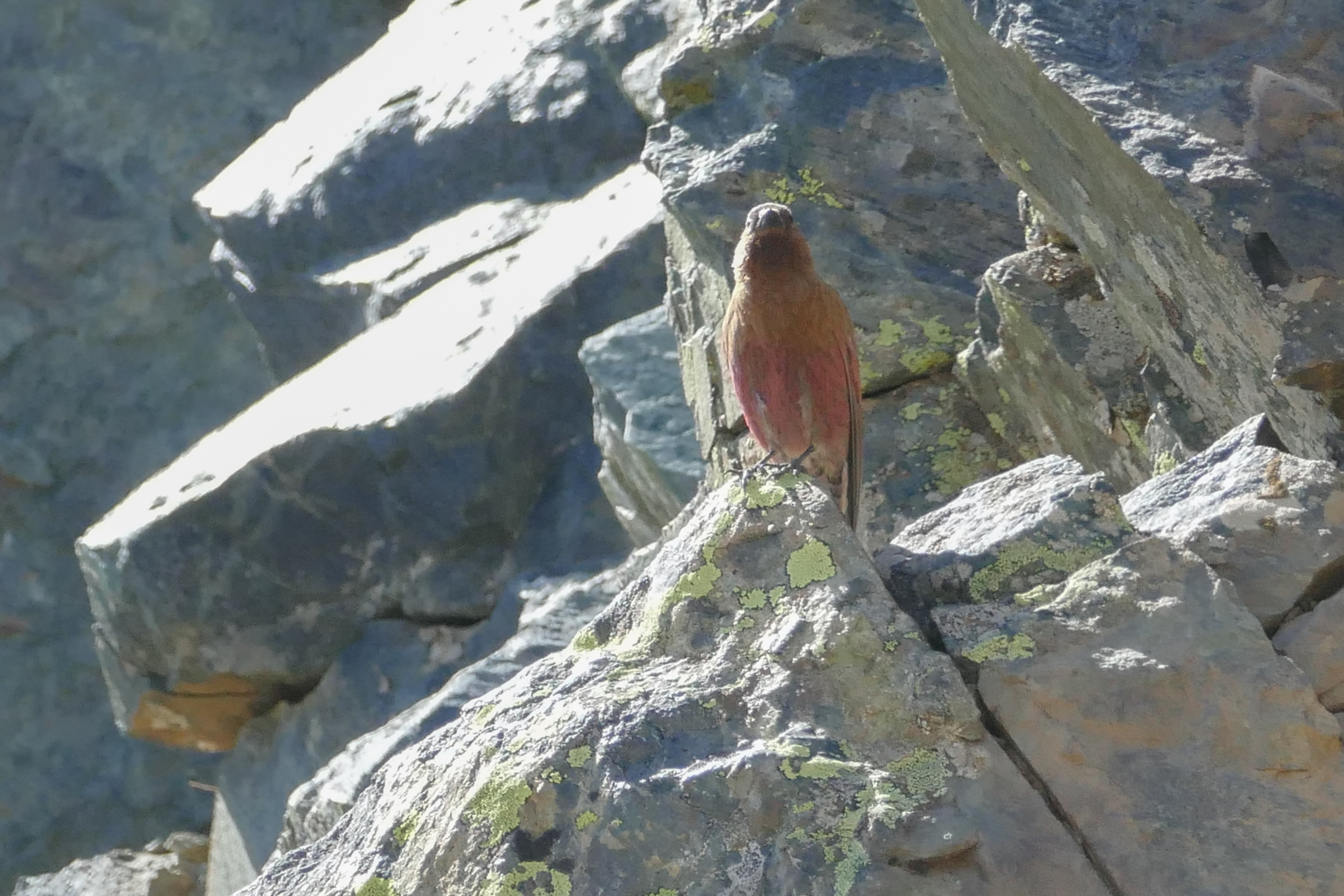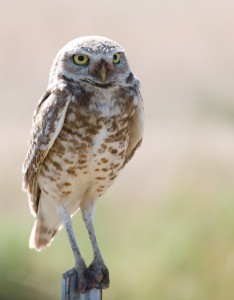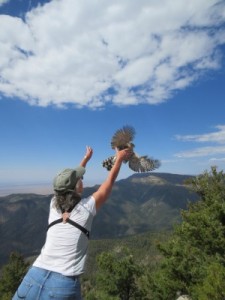Is this rare bird another indicator of climate change? Taos News, December 2020

A year ago in pre-COVID times, a small cruise ship paused in one of the first locks on the Pacific side of the Panama Canal, its passengers waving and sipping refreshments from the two-tiered deck.
On a metal platform overlooking the canal, a group of birders (including this reporter) showed but mild interest in the ship passing through the famous locks.
Instead, their binoculars were focused on an exotic-looking bird perched on a chain-link fence – the great kiskadee, a species at home in the tropics.
Jump forward a year and 2,500 miles north to the village of Valdez in Northern New Mexico.
In mid-October, another group of birders — each wearing a face-covering and standing on the wooden deck of a home along the Río Hondo — were focused on an exotic-looking bird, this one snatching berries from a shrub.
Turns out, it was the same species — a great kiskadee, appearing as much at home in an orchard at the foot of the Sangre de Cristo Mountains as along the Panama Canal.
What was this boldly patterned bird, with a bright yellow breast, chestnut back and dark mask doing so far north of its range in México, Central America and South America?
Part of the answer involves global warming and climate change. more
Can science solve the plastic glut? Taos News, December 2020

When an early form of plastic was discovered in 1869, it was hailed as an environmental breakthrough: a cellulose-based material that would save elephants and turtles from the lethal use of their tusks and shells in the production of ivory billiard balls and tortoiseshell hair ornaments,
While natural polymers like cellulose abound in nature, synthetic – or human-made – polymers are often derived from oil and gas products.
And there are thousands of possible variations of these long chains of molecules. Plexiglas, vinyl and PVC (polyvinyl chloride) pipes are examples of materials made from polymer chains.
Plastic production soared after World War II, with Saran wrap and Styrofoam emerging in the 1950s from the laboratories at Dupont.
Today, solutions to plastic pollution reside, ironically, in similar research and development laboratories around the world.
Recently, Los Alamos National Laboratory announced a new consortium that will harness the technical and research capabilities of four Department of Energy research laboratories and four universities.
The program is being dubbed BOTTLE – calling to mind the ubiquitous plastic water bottle – and stands for Bio-Optimized Technologies to keep Thermoplastics out of Landfills and the Environment. more
Protecting Wildlife Migration, Taos News, August 2019

Smiling broadly and gesturing overhead, Assistant U.S. House Speaker Ben Ray Luján (D-NM) told the audience about the flight he’d taken over the Río Grande del Norte National Monument: “I got a bird’s eye view from above and could easily see how all the communities are connected. We’re family.”
It turned out that his opening remarks would set the theme for the third annual Upper Río Grande Wildlife Corridors Summit, which took place Tuesday (Aug. 20), at Sagebrush Inn and Suites in Taos.
Luján also expressed concerns about the present administration in Washington, especially its latest effort to undermine the Endangered Species Act. That act was passed in 1973 to provide a framework to conserve and protect endangered and threatened species.
“We can come together,” he said. “We can reverse this.”
Organized by the National Wildlife Federation on behalf of the Upper Río Grande Wildlife Initiative, the all-day conference was a mosaic of traditional peoples and cultures from New Mexico and southern Colorado together with a broad spectrum of representatives from federal and state agencies, tribal entities, private landowners and conservation groups.
Upward of 200 people attended. And when Congresswoman Deb Haaland (D-NM) was introduced as a 35th-generation New Mexican, there was a noticeable gasp from the whole room that seemed to say: “Wow. Thirty-five generations.” more
National Forest Unveils Draft Land Management Plan, Taos News, July 2019
Dreher leaned into the table and in a soft-spoken but direct manner asked: “How do you know what the forest looked like in the 1800s?”
George Dreher’s property borders Carson National Forest. He’s got timber and meadows. On July 17, he may have preferred being up on his land but chose instead to spend two hours at a scheduled open house in the Carson National Forest Supervisor’s Office in Taos.
“I wanted to know how you all are coming up with your proposals,” he asked staff at the meeting.
Peter Rich and Alyssa Radcliff, principal planners of the Carson’s latest Draft Land Management Plan, were on hand to help answer his questions. Rich explained how the Carson would be managed for “desired conditions,” a key planning concept that directs the management of the land and resources. Sometimes the desired condition harks back to a time before fires were routinely suppressed, when a more natural forest prevailed, one where periodic blazes kept trees and brush thinned out.
The management plan will guide Carson National Forest staff in how to handle timber, roads, wildlife, grazing and recreation on 1.5 million acres of land in four counties.
Wheeler Peak Wilderness Yields Exciting Discovery, The Taos News, July 2018

In the rocky crags above Williams Lake, three intrepid birder-scientists confirmed the presence of a bird species not observed breeding in New Mexico for nearly 30 years.
Luke George, Jill Wussow, and Raymond VanBuskirk hiked into the Wheeler Peak Wilderness, camped overnight near the lake, then spent five grueling hours the next day inspecting the bowls and talus slopes of New Mexico’s highest peaks. On June 13, VanBuskirk dispatched this report to eBird (an international database of bird sightings administered by the Cornell Lab of Ornithology), and the news telegraphed around the state:
“We found ourselves above 12,000 feet in some of the highest reaches of the greater Wheeler Peak Wilderness Area. It was here, amongst unstable scree, alpine snowfields, and inaccessible crags, that we found a pair of brown-capped rosy-finches carrying nest material to a crevice high on a 90-degree cliff face.” more

Enchanting Burrowing Owls, The Taos News June 2017
Folks have strong opinions about prairie dogs.
Mr. J., a rancher who prefers not to be identified, said that when you stand on a tractor or a combine for eight hours a day, you see a lot of stuff, contradicting notions that numbers of burrowing owls are declining.
“Burrowing owls are all over Taos County,” he said. A no-nonsense kind of person, Mr. J. explained how he’s worked pastures up and down the county. On this particular pasture, he runs cattle in the winter and dryland farms in the summer.
But how can a farmer disc the land, blade over prairie dog burrows and not hurt owls? Mr. J. has an answer. more
Los Pinonjeros: Our Forest Planting Vecinos, The Taos News, January 2015
I opened the turquoise painted door of the Territorial-style building (home to Natural Heritage New Mexico on UNM’s Albuquerque campus), walked along slightly tilting floors, climbed a narrow staircase, and knocked at the office of UNM research biologist, Dr. Kristine Johnson. I’d come to learn about the Pinyon Jay, specifically what can us plain folk do to help stop its precipitous decline. more
Birdwatching Magazine, March 2013
Eye to eye with a hawk is a singular moment. I settle into a gentle, firm hold. The feathers are surprisingly soft, the weight slight, the heartbeat a tender, rapid pulse against my thumb. An unblinking yellow-orange iris lasers me with a wild stare. I step closer to the canyon’s edge, lift my arms, and the young hawk is aloft. more
“Boundaries,” Drinking From the Stream, Nighthawk Press, 2013
To stand at the source of the Rio Grande is a simple enough conceit, neither too long a journey nor too costly. Molly and I plan to drive along the river as far as we can, then walk. The drive never gives way to wildness. From Del Norte to Creede, the “Silver Thread Scenic Byway” is well traveled, pulsing with Broncos and Land Rovers and the hum of RVs. more




Hi, Meg! I am wondering if you or someone you might know could help me identify particular birds that are hanging around our house in small flocks. They cruise in, hang out on the Russian olive, fence, roof, looking for seeds, I think, mostly. Some of them have beautiful blue backs and whitish fronts, others are more drab, either brownish or grayish. They have shortish sharp beaks, slightly curved, and shortish tails. They flock together, so I figure they’re probably the same species. I also saw a bird with similar color on its back the other day, but it had a long tail, like a magpie, and longer beak. Almost like a small jay. Possibly I could send you some pictures. Elsewhere, I have seen what I swear are robins. They have that distinctive orange-red breast. Any thoughts or suggestions? Thank you! I’m glad there is someone to ask! –Bill Blackmore (north of El Prado, in the sage brush)
LikeLike
Hi, Bill. Thanks for the note. Sounds as though you have some interesting birds there in El Prado. I can’t make a positive ID, though, from the descriptions, so if you have some photos, that would be great. I can give it a try, at any rate. My email address is: mpriogrande@gmail.com
Meg
LikeLike